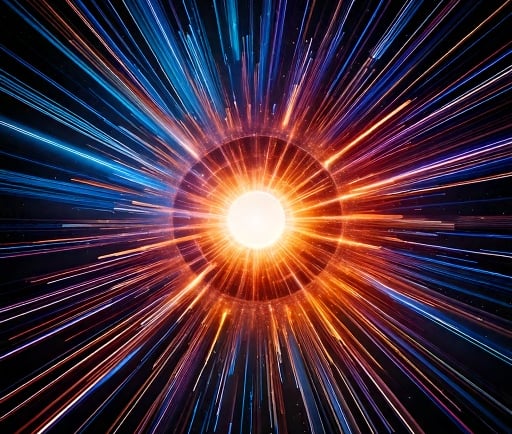The Journey of a Hypervelocity Star


Understanding Gravitational Microlensing
Gravitational microlensing is a fascinating astronomical phenomenon that occurs when a massive object, such as a star or a planet, passes in front of a more distant light source. This event bends the light of the distant object due to the intense gravitational field of the massive body, amplifying the light and making it briefly brighter. Researchers utilize this technique to detect otherwise invisible celestial entities, including exoplanets and black holes. It provides crucial insights into the dynamic and often elusive nature of our universe.
Hypervelocity Stars and Their Unique Characteristics
Among the most intriguing subjects within this field of study are hypervelocity stars. These stars are noted for their incredible speeds, often reaching velocities of over a million miles per hour. Their rapid movement is primarily attributed to gravitational interactions, often stemming from dynamical ejections in stellar clusters or interactions with massive black holes. When a hypervelocity star drags a neighboring exoplanet along with it, as observed in recent studies, the results can be staggering. The star and its trailing exoplanet can travel at speeds nearing 1.2 million mph, creating a cosmic ballet that highlights the intricate gravitational relationships at play.
The Implications for Exoplanet Research
The discovery of hypervelocity stars and their influence on nearby exoplanets opens new avenues for research and exploration. Observing how these stars interact with their environments provides astronomers with deeper understanding of planetary formation and the stability of orbits within dynamic contexts. As a hypervelocity star drags an exoplanet along with it at staggering speeds, researchers benefit from unique observational opportunities to study the impacts of such forces on planetary atmospheres and structures.
Furthermore, these interactions might lead to the loss or gain of mass for the star and its neighboring planets, potentially altering their evolutionary paths. The study of hypervelocity stars and their accompanying exoplanets not only sheds light on individual celestial mechanics but also contributes to our broader understanding of the cosmos.
In conclusion, the phenomenon of gravitational microlensing offers an exciting lens through which we can observe hypervelocity stars in action. The interplay between such stars and their neighboring exoplanets presents an exceptional opportunity within the realm of astrophysics, allowing us to gain insights that were previously beyond our grasp. As technology and observational methods continue to advance, our comprehension of these stellar phenomena will undoubtedly deepen, paving the way for extraordinary discoveries that redefine our perception of the universe.
